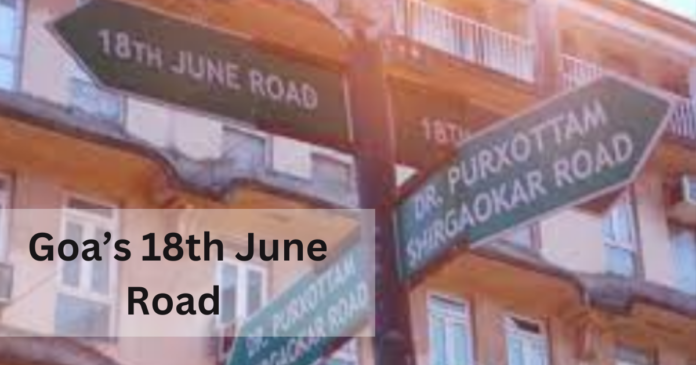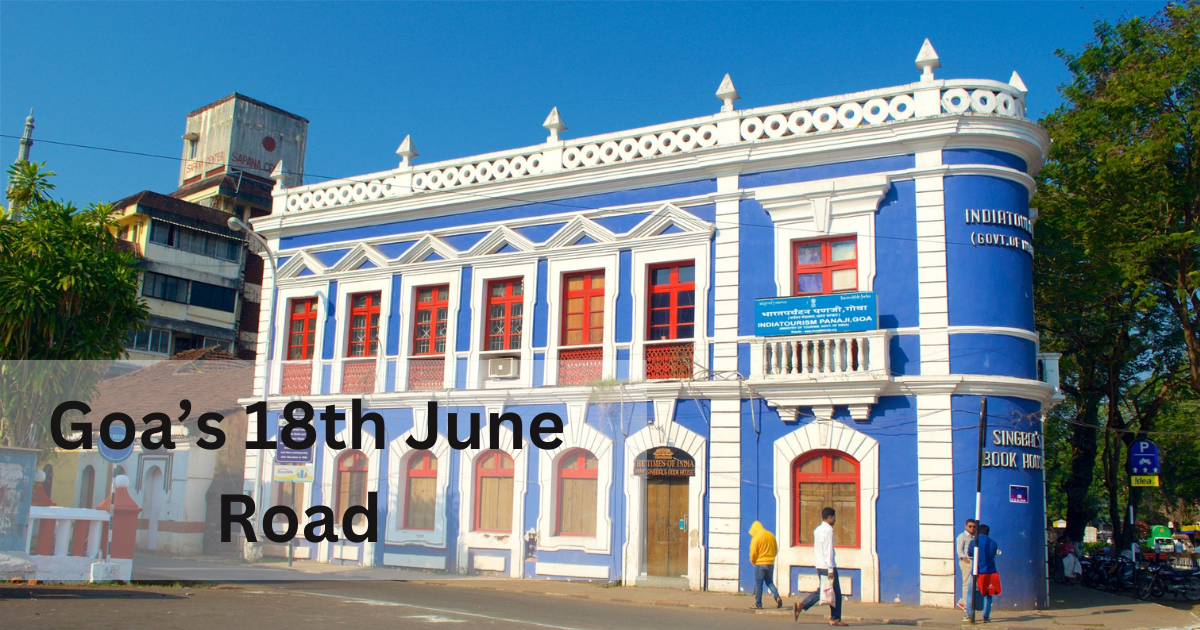18th June road goa history: India had been a colony of the British for almost two hundred years. India got independence from the British colonial rule on 15 August 1947. When the whole nation was celebrating independence there were still some regions of the nation which were under colonial rule.
The Portuguese controlled Goa, Daman, and Diu, and Dadra, and Nagar Haveli.
Colonial rule in Goa was one of the worst across India. atrocities committed by the Portuguese against Goans in the name of religion could not be comprehended. The Goans were forcibly converted, there were restrictions on freedom of speech, religion, and press.
Even after British left India, the Portuguese were not willing to leave their colonies in India. The government of India tried to reason with the Portuguese, but could not succeed. In the end, India had to use its military to free Goa from the clutches of the Portuguese.
18th June road goa history
Colonization of Goa
The Portuguese were one of the first to step foot in India. In 1497 Vasco Da Gama, a Portuguese explorer, came to India. He reached the ports of Calicut (now Kerala). Portuguese in the region were largely determined by the sailing conditions. They found Goa a perfect place for it.
Goa served as a defendable island and it had excellent harbor facilities. The first colony of the Portuguese was Goa. In 1510 Goa was conquered by Afonso de Albuquerque. Goa became a part of Portuguese India and a victim of the Portuguese inquisition of Goa.
The Goa Inquisition by Portuguese
The Portuguese inquisition began when Pope Nicholas V issued a diktat which gave the Portuguese kingdom to force Christianity on locals of any newly founded areas. It also gave them monopoly rights to trade on behalf of the Roman Catholic Empire.
Immediately after capturing Goa, the Portuguese began imposing their religious beliefs on locals. By 1559 more than 300 temples were either shut or destroyed in Goa. Idol worship was banned, people were forced to adhere to the Catholic religion. Francis Xavier, the infamous missionary demanded by setting Goa inquisition, a religious tribunal to torture and suppress and punish heretics.
This resulted in the torture of locals of Goa in the most inhumane ways, those who did not want to convert to Christianity. Children were dismembered in front of their parents, the eyes of the parents were forced open till they agreed to convert. This is just one of the mutilation and torture the Goans had gone through.
You May like to Read: Nanda Devi’s Buried Mystery
The prisoners who did not agree to be converted were burned at stake or strangled to death in suspicion of witchcraft. The Lives of the locals in Goa were dependent on the priest in the church. If the colonizers even got a whiff that anyone was practicing their religion in secret they were captured and kept in prison to either be tortured or killed.
Even after such heinous crimes against humanity, the fanatic Francis Xavier was canonized by Pope Gregory XV in 1622. His remains are kept in a silver casket at Bom Jesus Basilica, Goa. His remains are brought for public viewing after every ten years. Many people come to seek the blessings of the fanatic without even knowing what he had done.
The 18th June Road
The road is an important landmark in the history of Goa. The name of the road signifies an important date in the history of Goa. in 1946 Dr. Ram Manohar Lohia was visiting his friend in Goa, Dr. Julião Menezes. Dr. Lohia was medically examined by Dr. Menezes. Dr. Menezes gave an invitation to Lohia to visit his house in Goa.
Lohia had played an important role in the freedom struggle of India and was also a member of INC. When Lohia was visiting Goa, freedom protests were going on.
When protestors got to know that Lohia was visiting Goa, they visited him to include him in the freedom struggle of Goa.
They began planning a protest against the colonial government. On June 18, a rally was organized by Lohia. He and Dr. Menezes entered Margao square and a huge crowd followed them. Seeing the colonial government tried to control the situation, they arrested Lohia and Dr. Menezes.
They were kept under custody in a police station, but they had to be released due to mounting public pressure. Lohia was released at the Goa border, and Dr. Menezes was released in Margao square. This marked the beginning of the end of Portuguese rule in Goa.
Goa became independent in 1961 after India forcefully with the help of the army liberated it. After Goa’s independence, 18 June was celebrated as “Revolution Day”. To commemorate the struggles of the freedom fighters, the road was named 18th June road.


Thank you for your sharing. I am worried that I lack creative ideas. It is your article that makes me full of hope. Thank you. But, I have a question, can you help me?
Your point of view caught my eye and was very interesting. Thanks. I have a question for you.
Thank you for your kind words please ask your question